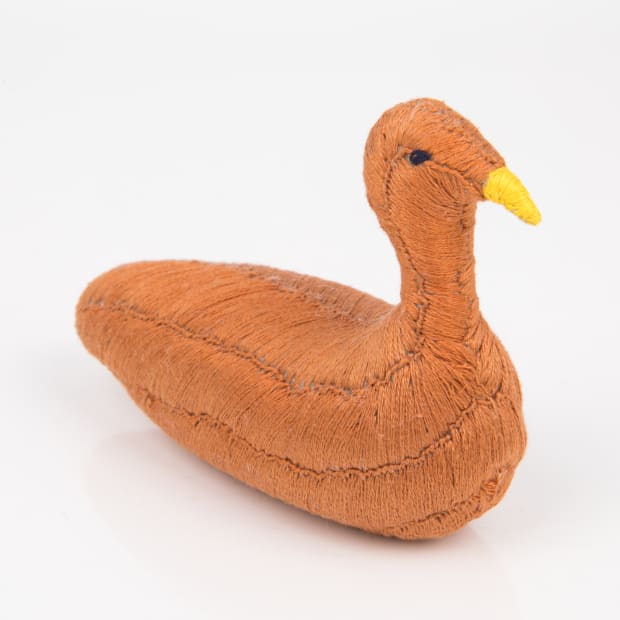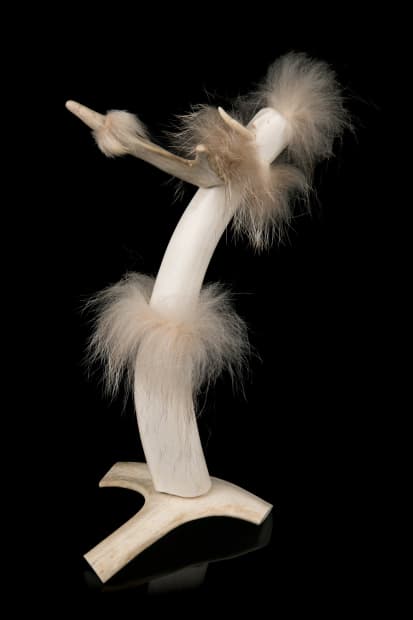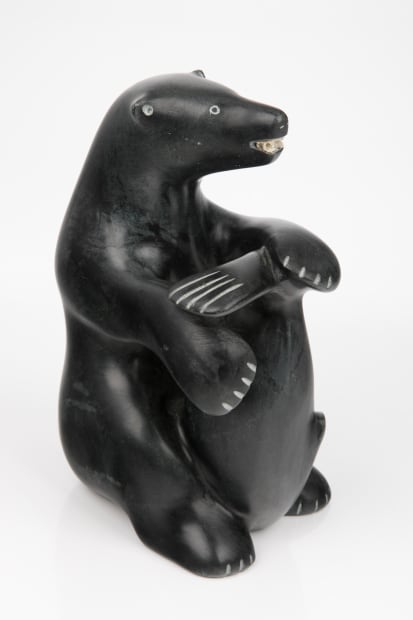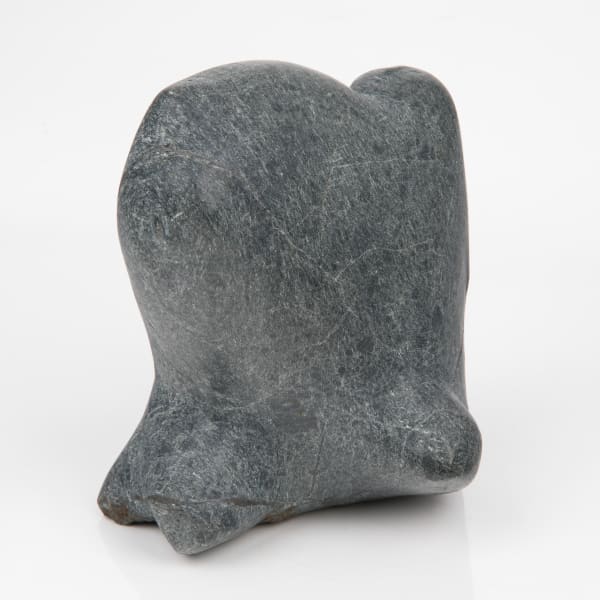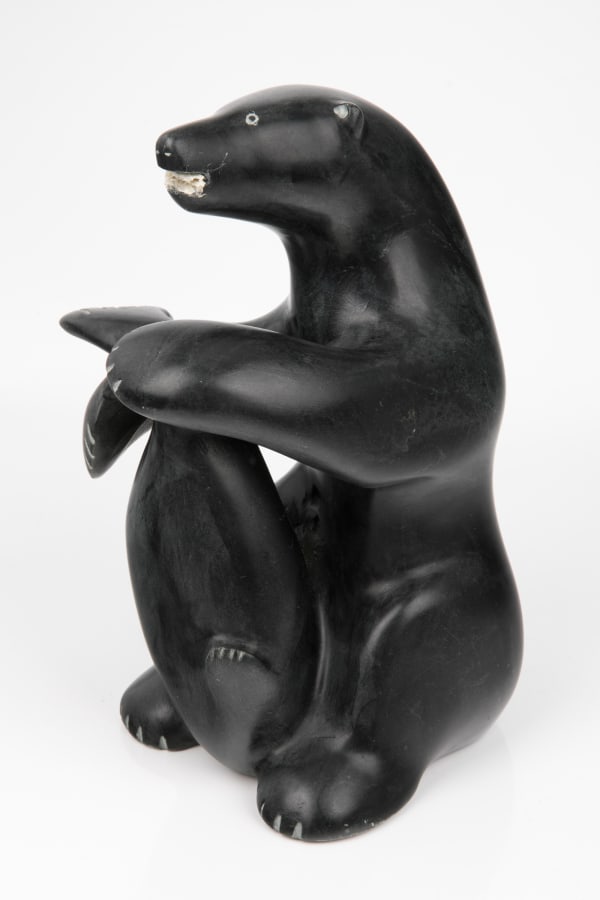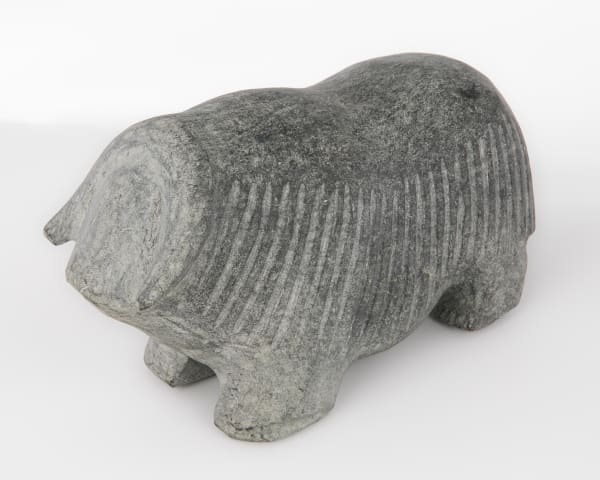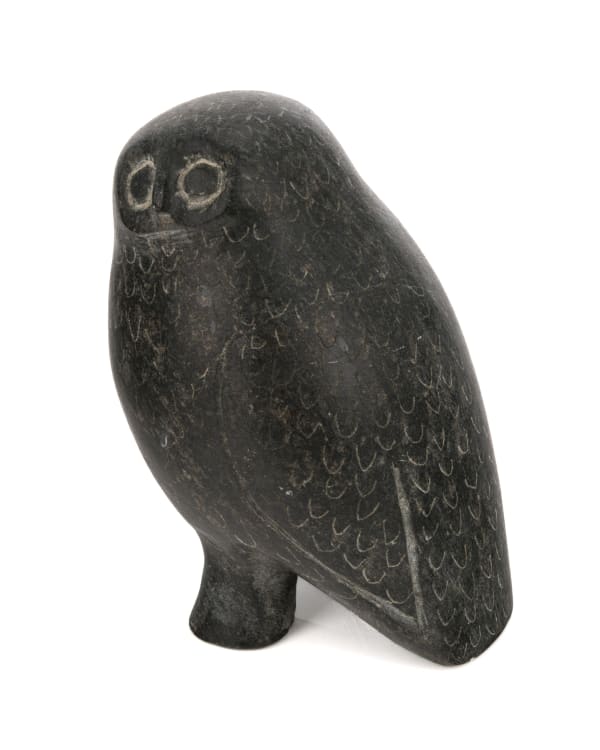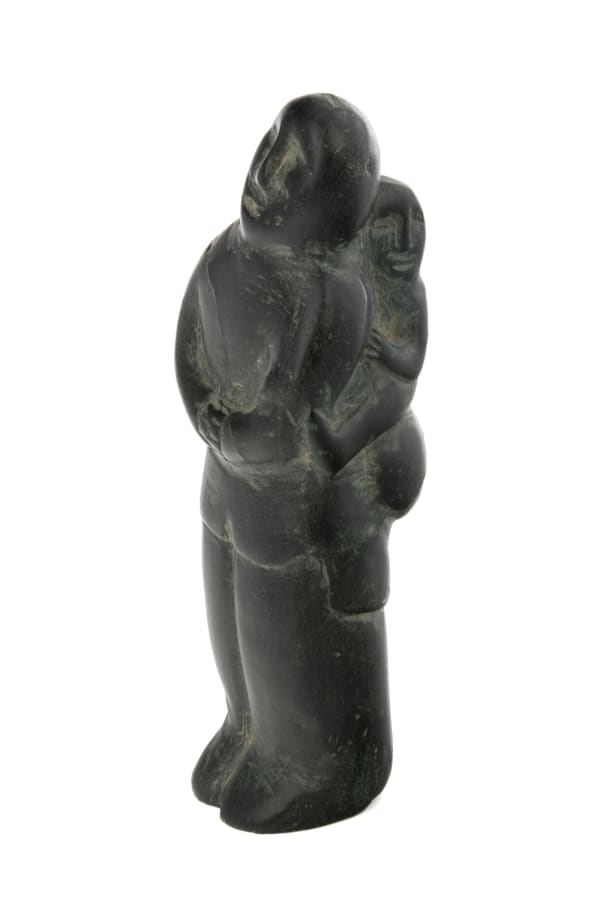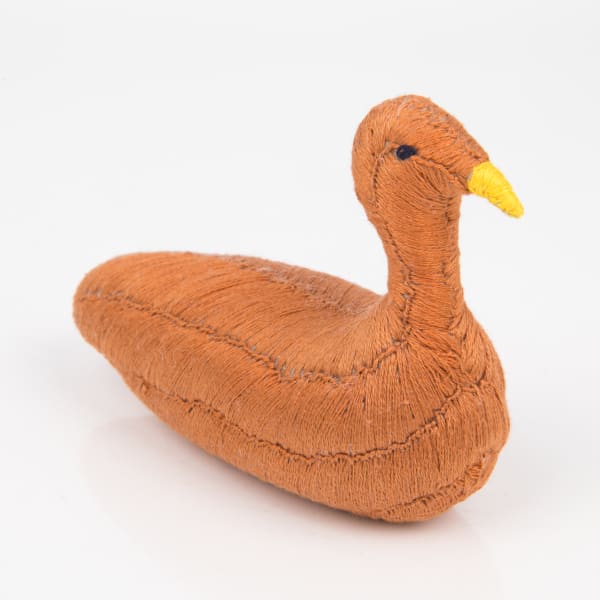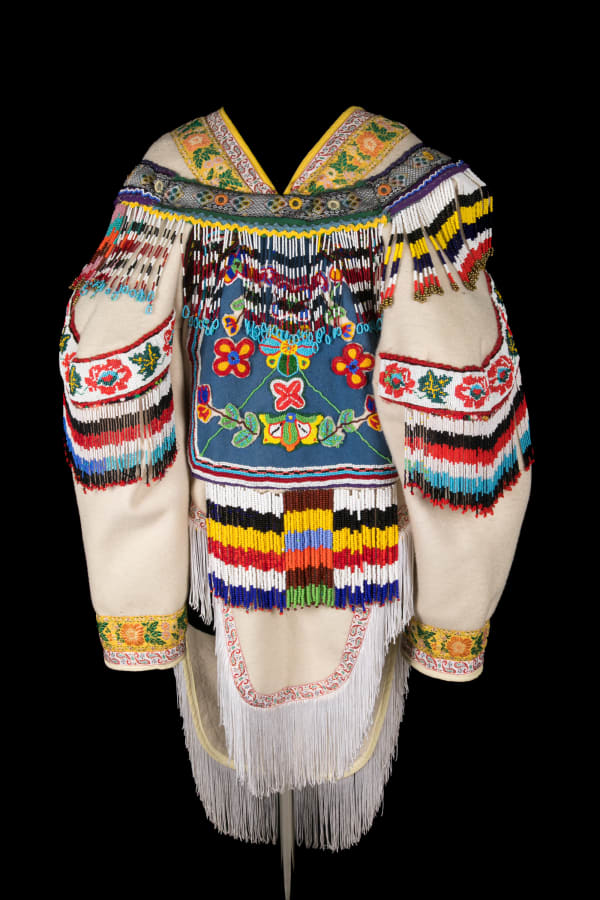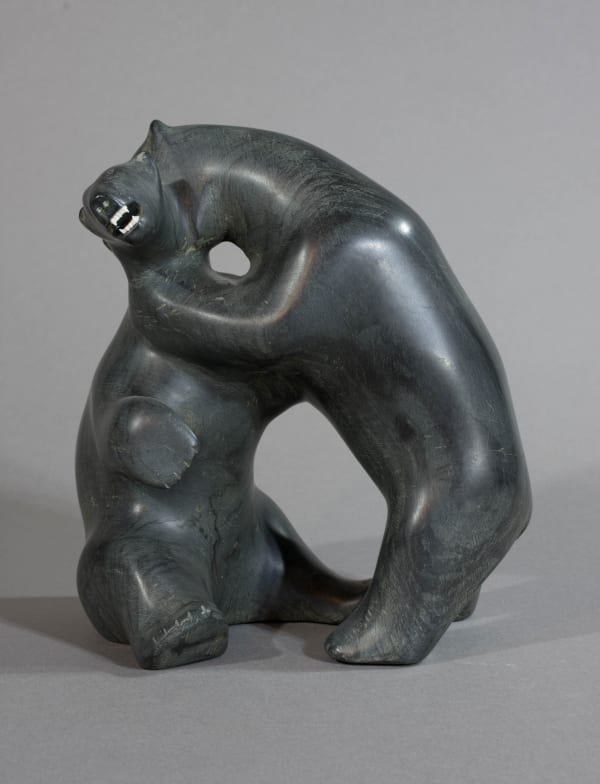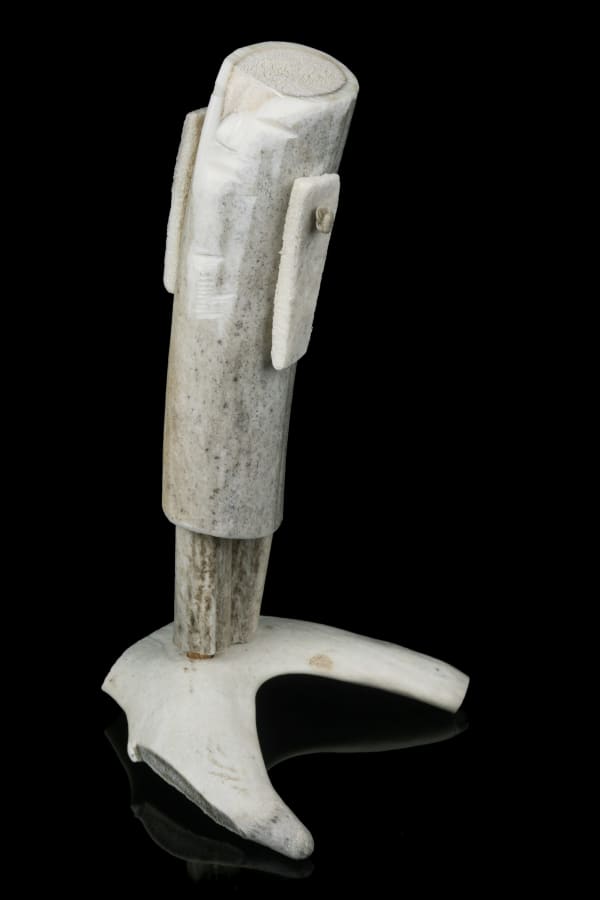First Arts is pleased to present the exhibition Grit and Grace: Art from Qamani'tuaq and Arviat.
The Kivalliq Region of Nunavut, also still commonly known as the Keewatin. As an “administrative region” it comprises seven communities (totalling about 12,000 inhabitants) from Arviat in the south to Naujaat (Repulse Bay in the north and Salliq (Coral Harbour) in Southampton Island in the east. Geographically, the region encompasses the northwestern coastline of Hudson Bay and two large islands, as well as a huge inland tract of land filled with lakes and river systems feeding into Hudson Bay in the east, and the Arctic Ocean to the north. This entire region was home to both coastal and inland Inuit peoples whose lives depended on the entire range of Arctic fauna: animals from the sea, rivers and lakes, and the air. And so the Kivalliq Region is not culturally homogeneous. The population of Coral Harbour, for example, is a blend of Inuit relocated from the Kivalliq, Baffin, and Nunavik (Arctic Québec) regions in the early 20th century. And arguably, the art of Naujaat shows as much cross-pollination with that of the more northerly Kitikmeot community of Kugaaruk (Pelly Bay) as it does from Kivalliq communities far to the south.
When we think of the “Kivalliq style” of art, however, we generally think of art made in its three largest communities: Kangirlliniq or Kangiqtiniq (Rankin Inlet), Qamani’tuaq (Baker Lake), and Arviat (Eskimo Point). Of course, these three communities don’t present a homogeneous style of art either! In our “southern” imagination Rankin Inlet art may be dominated by the giants John Tiktak and John Kavik, but it also incorporates work by scores of stone and ivory carvers, ceramic artists, clothing and textile artists, and even painters. In Qamani'tuaq , our thinking broadens to incorporate not only famous sculptors such as Barnabus Arnasungaaq, Peter Sevoga, Mathew Aqigaaq, Luke Iksiktaaryuk, and Miriam Qiyuk, but also graphic artists such Jessie Oonark and Luke Anguhadluq (and numerous others), and textile artists such as Oonark, Marion Tuu’luq, Victoria Mamnguqsualuk (and many others). In Arviat, our thinking narrows once again to remember mostly sculptors such as John Pangnark, Andy Miki, Lucy Tasseor, and Elizabeth Nutaraaluk, often overlooking its textile artists and even experiments with drawing.
That said, the current exhibition, Grit and Grace, is not an exhaustive overview of works in all media from these three communities. Rather, it represents a selection of sculpture, graphic art, and works on cloth from two communities in particular, Arviat and Qamani'tuaq, featuring works from both celebrated and lesser-known (but no less deserving) artists.
First Arts welcomes your visit at 1 William Morgan Drive by appointment to experience these works first hand.






